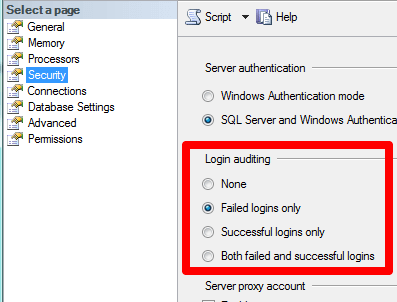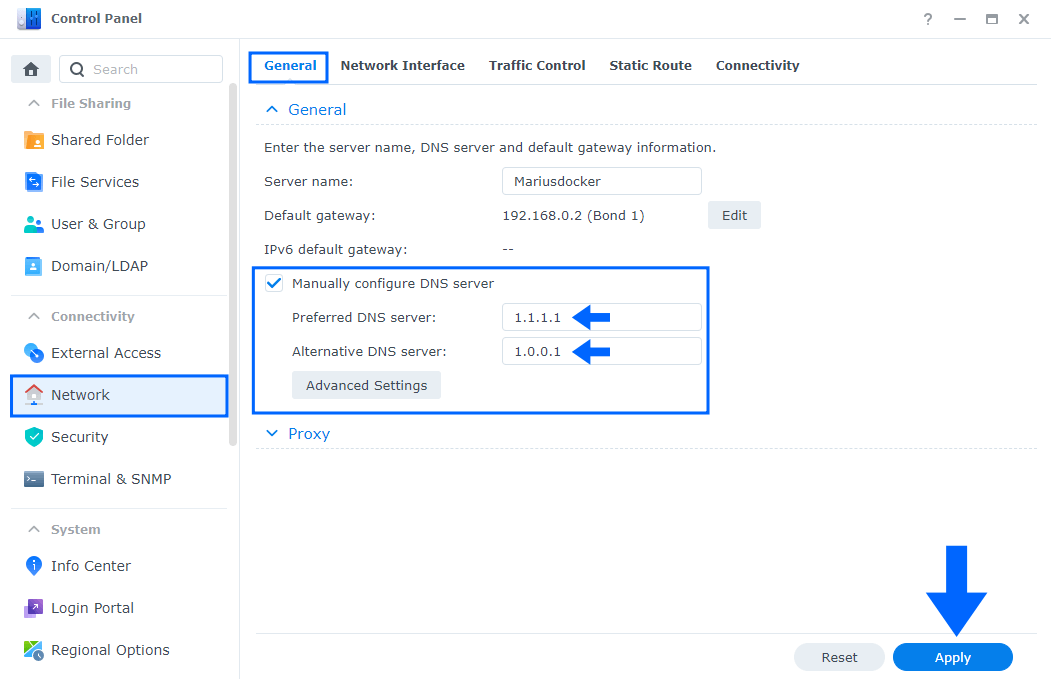

- Cloud station client connection failed install#
- Cloud station client connection failed manual#
- Cloud station client connection failed password#
- Cloud station client connection failed download#
Cloud station client connection failed password#
We recommend using a password manager to help with that. You should ensure that any users you created for the NAS have complicated passwords. The Guest user is typically off by default, and you should leave it that way unless you have a specific need for it. The default admin account is the first account ransomware usually attacks. If the default admin is turned on, create a new admin user account (if you don’t already have one) and turn the default admin user off. To secure remote access, you should log into the NAS, open Control Panel, then select Users.

If you need remote access and VPN isn’t a viable solution (perhaps due to slower internet speeds), then you should secure Remote Access as much as possible. Option 3: Secure Remote Access as Much as Possible We suggest OpenVPN Connect, which is available for Windows, macOS, iOS, Android, and even Linux. If you’re using OpenVPN for your VPN, you’ll need a compatible VPN Client to access it. You will then need to set up port forwarding on your router to the port OpenVPN is using (by default 1194). You can stick with all the OpenVPN defaults, although if you want to access other devices on the network when connected through VPN, you’ll need to check “Allow clients to access server’s LAN” and then click “Apply.” We recommend OpenVPN, as it’s the most secure option of the three. When you first open the VPN Server, you’ll see a choice of PPTP, L2TP/IPSec, and OpenVPN protocols.
Cloud station client connection failed install#
Just search for “vpn” and choose the install option under VPN Server.
Cloud station client connection failed download#
You can download a VPN server on your Synology NAS from the Package Center. It’s worth noting that this type of VPN is different than using a VPN service to keep you safer online or bypass restrictions-in this case, you’re trying to VPN into your network, not out. The router, in turn, will treat you as though you were on the same network as the NAS (still at home, for instance). Instead, you’ll be connecting to the router. With a VPN server installed, you won’t access the NAS unit directly. But if you have to connect remotely, we recommend setting up a virtual private network (VPN). We recommend just not exposing your Synology NAS to the Internet. RELATED: The Best Wi-Fi Routers of 2022 Option 2: Use A VPN for Remote Access Turn off any port forwarding rules for the NAS unit.
Cloud station client connection failed manual#
If you don’t have your router manual, you can try a web search for your router model number and the word “manual.” The manual will show you where to look for exiting port forwarding rules. Then consult your router’s manual to find the port forwarding page (every Wi-Fi router model is different). To disable port forwarding, you should look up your router’s IP address and use it to log in. If, however, you enabled port forwarding on your router to gain remote access, you will need to disable that port forwarding rule. Uncheck “Enable Quick Connect” then click apply. Open the control panel and click on the “QuickConnect” option under Connectivity in the sidebar. To remove remote access through QuickConnect log in to your NAS interface. With the feature turned on, you don’t have to set up router port forwarding. QuickConnect takes care of the hard work for enabling remote features. Most recent Synology NAS units include a QuickConnect feature. You will lose some on-the-go convenience, but if you only work with your NAS at home-to watch movies, for instance-then you may not miss the remote features at all. If you can’t access your NAS remotely, then neither can a hacker. The most secure option you can choose is disabling remote connection features entirely. RELATED: The Best NAS (Network Attached Storage) Devices of 2022 Option 1: Disable Remote Access And if a VPN isn’t a good option (because of slow networks, for instance), you can harden your remote access options. If you need remote access, you could set up a VPN to restrict access to your NAS. You can disable remote access altogether, allowing only local connections. You have several options to choose from to prevent attacks like this. Once they find the right password and gain access to the network-attached storage device, the hackers encrypt all the files and demand a ransom. The attackers use brute-force methods to guess the default password-essentially, they try every password possible until they get a match. Synology is warning NAS owners of several ransomware attacks that hit some users recently.


 0 kommentar(er)
0 kommentar(er)
